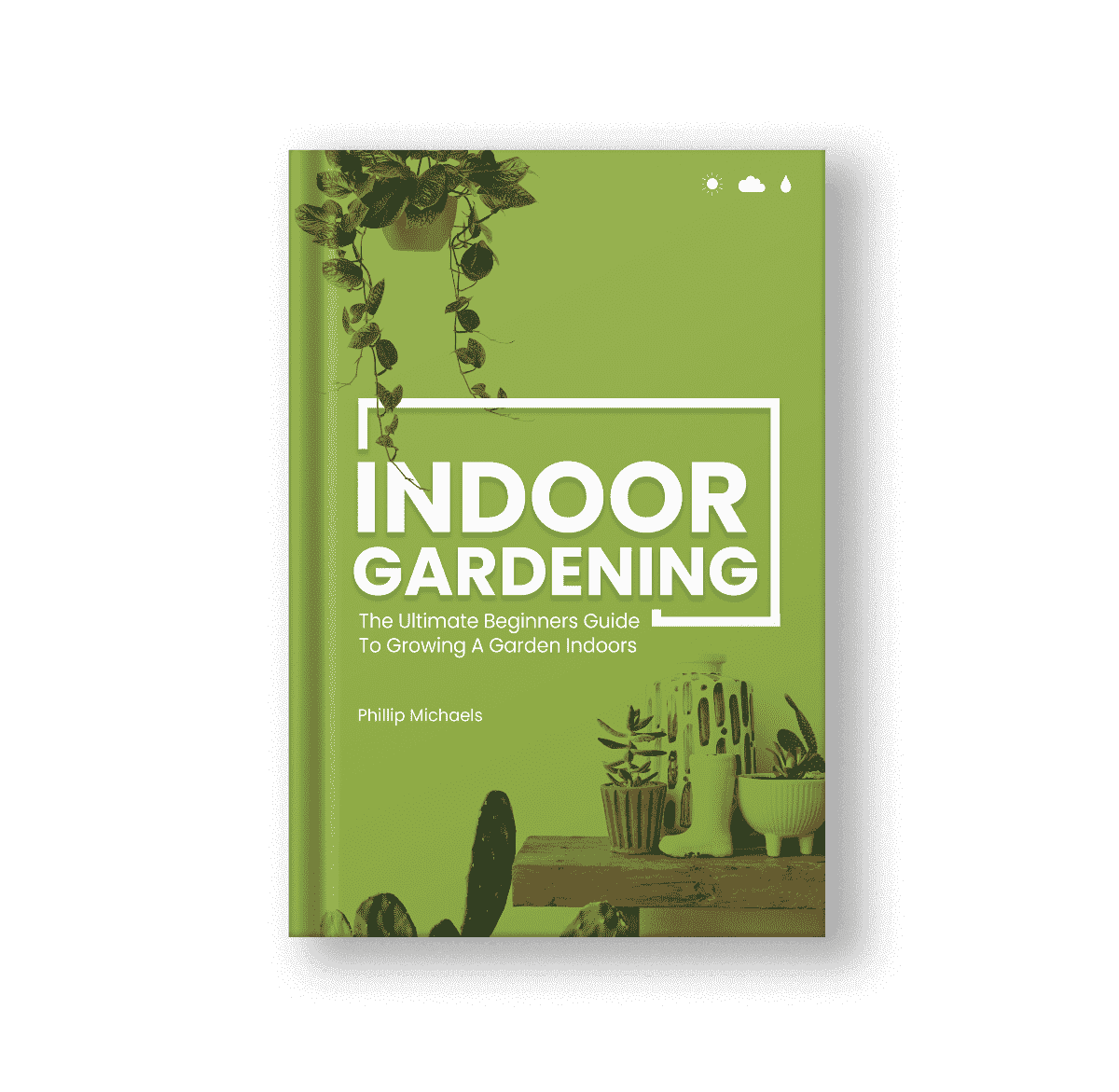Few plants offer the decorative and aromatic qualities of the marigold, which is why these are such a popular addition to any home. These pretty plants are easy to grow and can bloom all year long if you know the proper care techniques to keep them sprouting. Marigolds also grow fast, so even those starting from seeds don’t need to wait long for the marigolds to brighten up their indoor gardens. Let’s take a look at what these beauties need to thrive.
Marigolds Quick Overview
- Very easy to care for, marigolds do well when grown indoors
- Marigolds are light hungry, be sure to provide around 6 hours of bright sunlight
- As annuals, these plants will die back every year, but it’s easy to harvest new seeds to grow fresh ones
- Very easy to start from seeds, we recommend giving it a try as they germinate quickly
- You can encourage more blooms by pinching off dead flower buds
- Other care is minimal with infrequent waterings and only light pruning
Varieties
Marigolds, formally known as Tagetes, have over 50 varieties to choose from, though not all of them are suited to indoor growth. In fact, some types of marigold plants can grow over 3 feet tall, making these varieties a bit too big for most homes.
Luckily, there are several smaller options to pick from, so you can get the perfect plant for the space you have available. Marigold blooms also come in several shades of yellow, orange, red, and white, so you can pick a favorite or add a few to your indoor garden for a rainbow of color.
One of the best indoor options is the French marigold, which doesn’t grow higher than 12 inches and comes in several bloom colors. The Signet is another compact marigold, with small flowers and a height of only about 10 inches.
The African marigolds are the largest variety at about 3 to 4 feet tall, so are a bit much for indoor planting. There are dwarf varieties available, though, so you get the bright colors and unique look of these flowers in a smaller plant.
Regardless of the variety you choose, care will be roughly similar. The remaining instructions in this article will be applicable to nearly every marigold variety.
Planting
Though using starter plants is a quick and easy way to add a few marigolds to your indoor garden, starting from seeds is also an option for quick and easy growth. You can plant your chosen seeds in starter trays until the seedlings have sprouted or start them directly in the pot you plan to keep them in. The seeds should be planted about ¼-inch deep in a standard potting mix. Place the pot in a well-lit spot and keep the soil moist, though not wet.
Marigolds germinate quite fast, so you should see plants begin to sprout in roughly 4-14 days. Marigolds tend to grow from seeds quite easily, so this is a great and affordable way to start these flowers.
Container
When choosing a container for your marigolds, a clay pot with bottom drainage holes is best since it won’t retain too much water. In fact, clay wicks moisture away from the plant, preventing rotting roots. This is my personal choice, and favorite type of container for the majority of my indoor plants.
That’s not to say other containers won’t work. Marigolds are fairly easy to care for, and nearly any garden container will provide the perfect home for them. Just ensure that your chosen container has drainage holes to prevent sitting water in your plant’s soil. For sizing, choose one that matches the amount of flowers you want to grow. You can go as small as 6” which is enough to house a handful of marigolds. Going larger further increases the amount of flowers you can grow.
Soil
Marigolds don’t need any special soil conditions to get the nutrients they need to survive. They do prefer higher levels of organic matter, though, so the best option is to start with a standard potting mix. Then you can mix in peat moss or compost to add those tasty nutrients that the soil is lacking. The soil should also be loose and well-draining to avoid too much water retention.
Watering
Marigolds like to be watered frequently to maintain soil moisture, though they don’t like excessive amounts of water in their pots. After watering, allow the top of the soil to dry out before adding more. Be sure to avoid the leaves when watering since these pieces don’t need moisture and sitting water can damage them. Using a moisture meter can help you avoid overwatering the plants.
You can also prevent soggy roots by watering the marigold from the bottom. To do this, place a tray filled with water beneath the pot. The soil in the drainage holes will soak up the moisture, pulling it up to the roots.
This is called bottom-watering, and is a great way to prevent overwatering.
Light
Like many other indoor plants, marigolds love sunlight. In fact, they need about 5 to 6 hours of direct sunlight every day, so a south-facing window is best for these pretty plants. If you don’t have a south-facing window available, you may need to move your marigold from window to window as the sun moves across the sky to ensure it’s getting the right light levels. A grow light can also supplement the plant when needed, especially during the winter months.
Lighting is the number one reason indoor marigolds fail. These are quite light hungry plants, and they will quickly turn frail if not getting enough light. If you plan to grow marigolds, make sure you select a bright, sunny spot for them to thrive in.
Temperature and Humidity
As warm-weather plants, marigolds don’t like cooler temperatures and can’t handle frost at all. Of course, they don’t like the temperature to be too hot either or the result will be wilted leaves and blooms. The best temperature for marigolds is about 65 degrees Fahrenheit, though anything between 50 and 70 degrees Fahrenheit is fine. They also don’t like too much humidity, so drier air is fine for these plants.
Fertilizer
Marigolds need the proper plant food to thrive when planted indoors. The soil is often enough for a small batch, but if replanting seeds in the same container you may need to supplement the soil. The best option is a balanced blend when planting your marigolds. Then, once they’ve begun to grow, switch to a vegetable blend with a high phosphorus content that is low in nitrogen. This helps encourage both healthy growth and those beautiful blooms.
Pruning
Marigolds don’t need a lot of pruning unless you’re trying to keep your plant a certain size. If you want to encourage more blooms, remove the old ones when they dry up and turn brown but before they go to seed. If you prefer to let them reach the seeding stage, you can collect these to use for new marigold plants. Marigolds have a relatively short lifespan, so collecting and planting these seeds is a great way to keep a fresh supply of these flowers on hand.
Propagation
Propagating a marigold plant is easiest done using a cutting. To do so, trim a new 6-inch shoot and remove the leaves from the bottom half of the stem. Place the shoot in a glass and add enough water to cover the cut leaf areas. Then place the glass in a spot with plenty of bright light. Change the water every few days, watching for new roots to emerge. When this occurs, you can transplant the shoot into a container filled with standard potting soil. Add some rooting hormones and watch your new plant grow.
Toxicity
Many marigold varieties have edible parts, including flowers, leaves, buds, and seeds. They can be cooked and eaten on their own or added to many of your meals. Though most marigolds are safe for human consumption, they are toxic to dogs and cats, so keep them out of the reach of the furry members of your family. You should also double check the variety of your plant before consuming any yourself.
Indoor Marigold Care Guide
Marigolds are an excellent plant for indoor growing and are quite easy to care for. Provided with a lot of light, and a little care, and they will thrive. While they have a relatively short lifespan, the ease and quickness of their growth means you can keep a constant supply of this beautiful flower as long as your wish.
Marigolds FAQ
Can You Grow Marigolds Indoors?
Yes, marigolds are great plants to grow indoors. The general indoor environment is perfect for these plants, as long as you can provide them with enough light to thrive.
How Long Will Marigolds Last?
Marigolds are annuals, so will typically only last a couple of months before going to seed and dying. Luckily, it’s very easy to collect and plant seeds being shed by marigolds, so you can often keep growing them indefinitely from a single, initial crop.
Do Marigolds Need Sun Or Shade?
Marigolds are sun lovers and need about 6 hours of bright sunlight per day. If you can’t hit this, be sure to set up a grow light lest your plants will begin to weaken and eventually die.
How Can I Encourage More Marigold Blooms?
Once the flower buds of your marigolds begin to die, gently pinch them off. This will encourage your plant to bloom again. Outside of that, make sure your plant is getting enough sunlight or they won’t have the energy to produce flower blooms.







